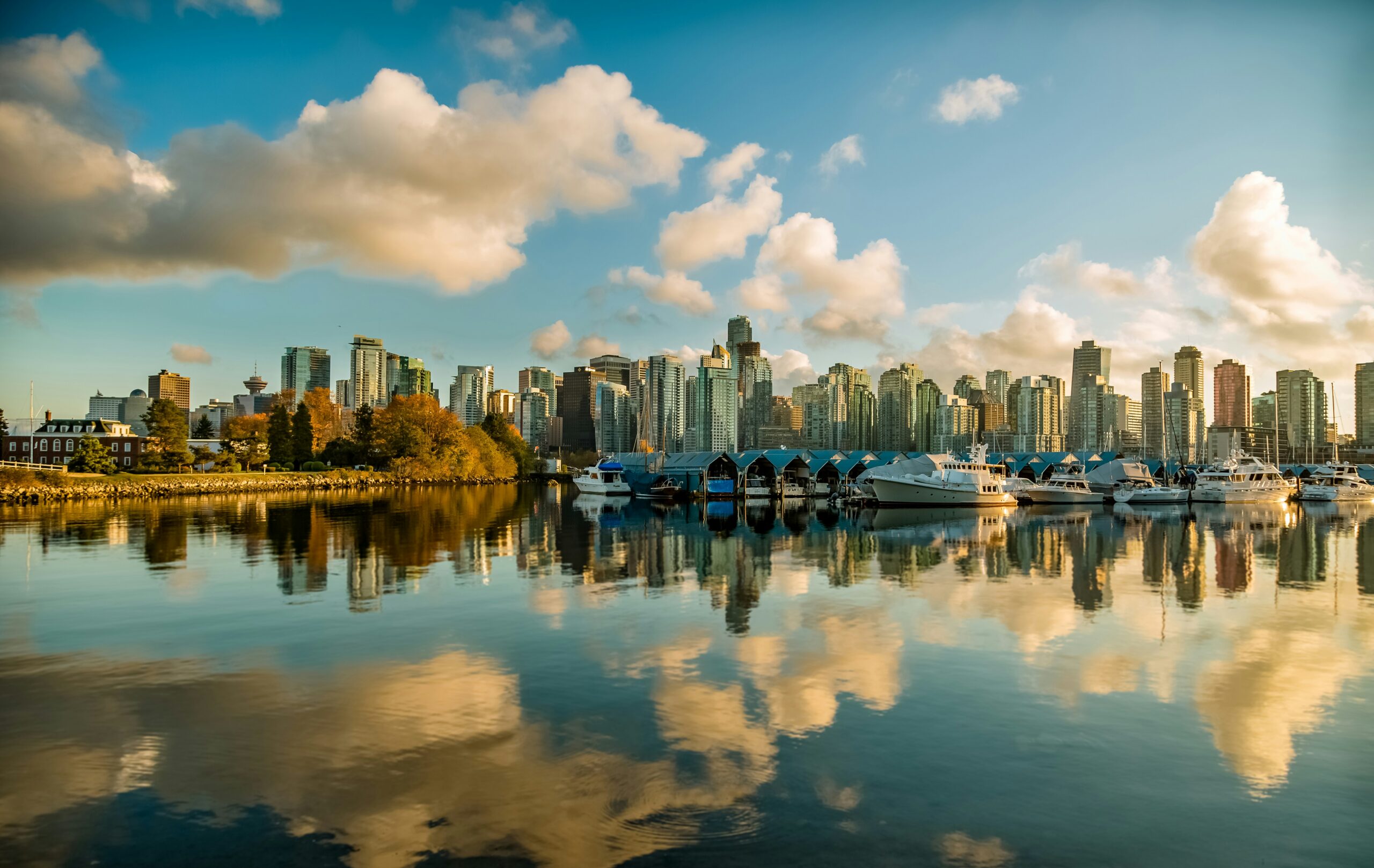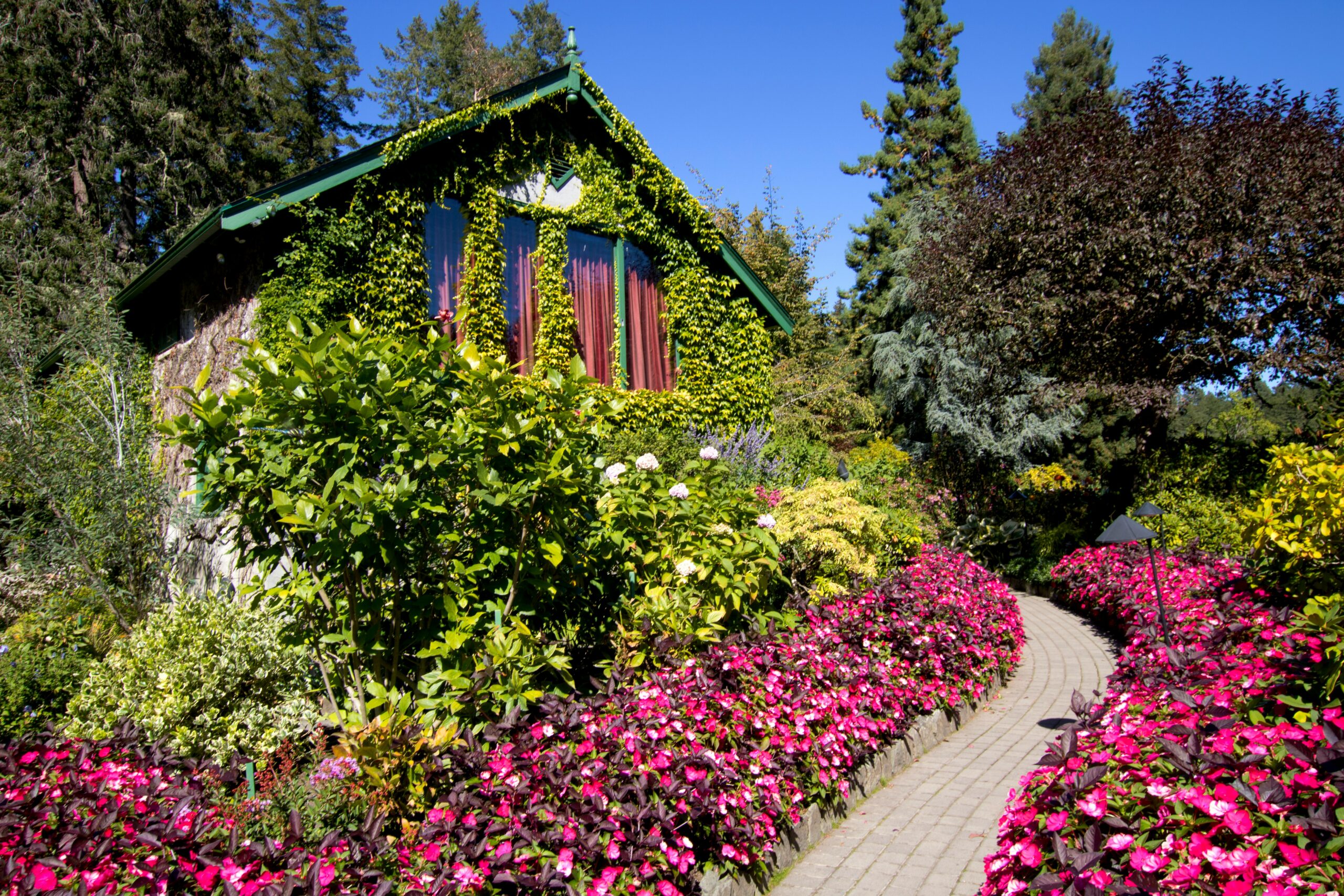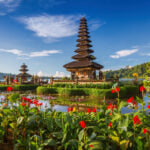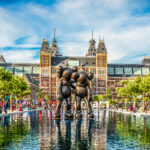Butchart Gardens is considered to be one of the most glorious in the whole world
Butchart Gardens is a botanical paradise in the sounds and straits of British Columbia. Located just north of Victoria and near Vancouver, the gardens represent one woman’s vision. Just over 100 years old, Butchart is now a National Historic Site of Canada that holds almost 1,000 varieties of plants, a Menagerie Carousel, and delightful restaurants.
The story of Butchart Gardens starts with a quarry. Jennie Butchart was married to a manufacturer of Portland cement and they moved to the area to access the limestone deposits they required. The Butcharts built their home on such a deposit on Saanich Peninsula and began to dig the limestone out. A quarry is not the most beautiful view to have from your kitchen window.
Three years after the Butcharts made their home, a garden designer from Japan, Isaburo Kishida, was invited to work on a park in Victoria. Jennie invited him to create a Japanese Garden at the house and the initial steps to the foundation of Butchart Gardens had been taken.
Converting the Quarry in the Butchart Gardens
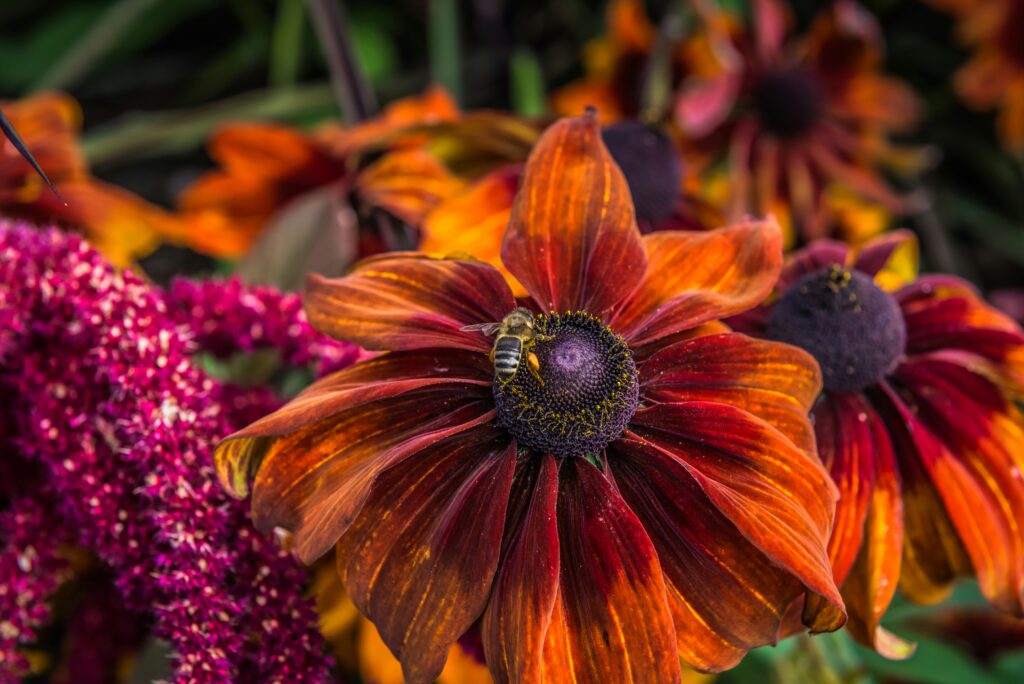
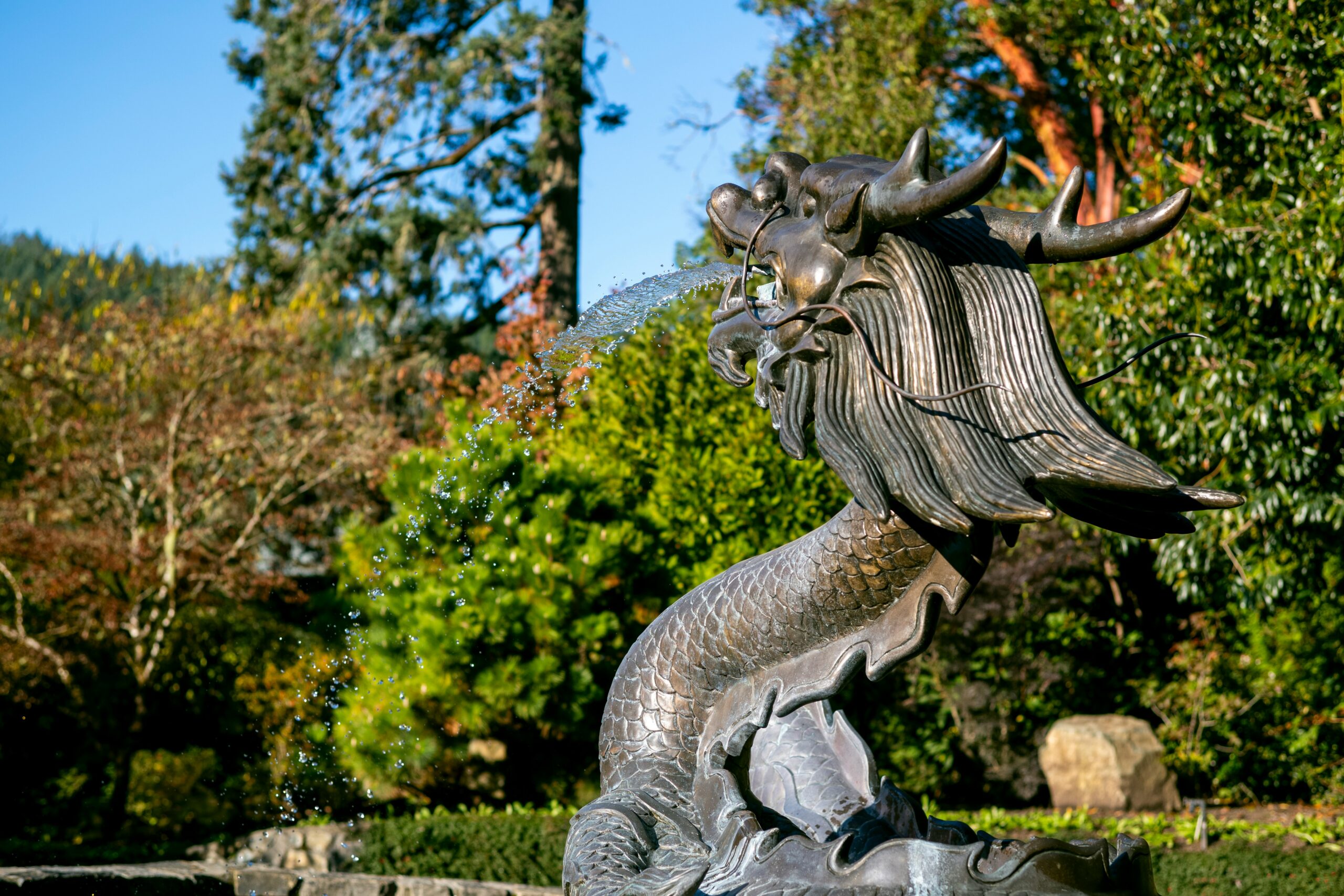
Visit Butchart Gardens and victoria with a cruise
As the limestone gradually began to run out, Jennie began to put her ideas in place. In 1909, topsoil was transported into the quarry by horse and cart and the plans were laid. By 1912, the flowers in the Sunken Garden had started to bloom.
It took another nine years for the Sunken Garden to be completed. 65,000 flowers across 151 beds covered five acres. Jennie had a good eye. The quarry had been transformed into a thing of beauty. 50 feet down a set of switchback stairs from the house, you will find one of the most dramatic floral displays on the planet. The house was renamed Benvenuto, the Italian word for “welcome”, and friends of the family were regularly invited to hear symphonies played live.
Jennie decided to keep planting. The Japanese and Sunken Gardens were soon joined by Italian and Rose Gardens. A local architect, Samuel Maclure, was hired as a consultant and brought his project management skills to Butchart Gardens, as well as a Renaissance style.
A New Generation
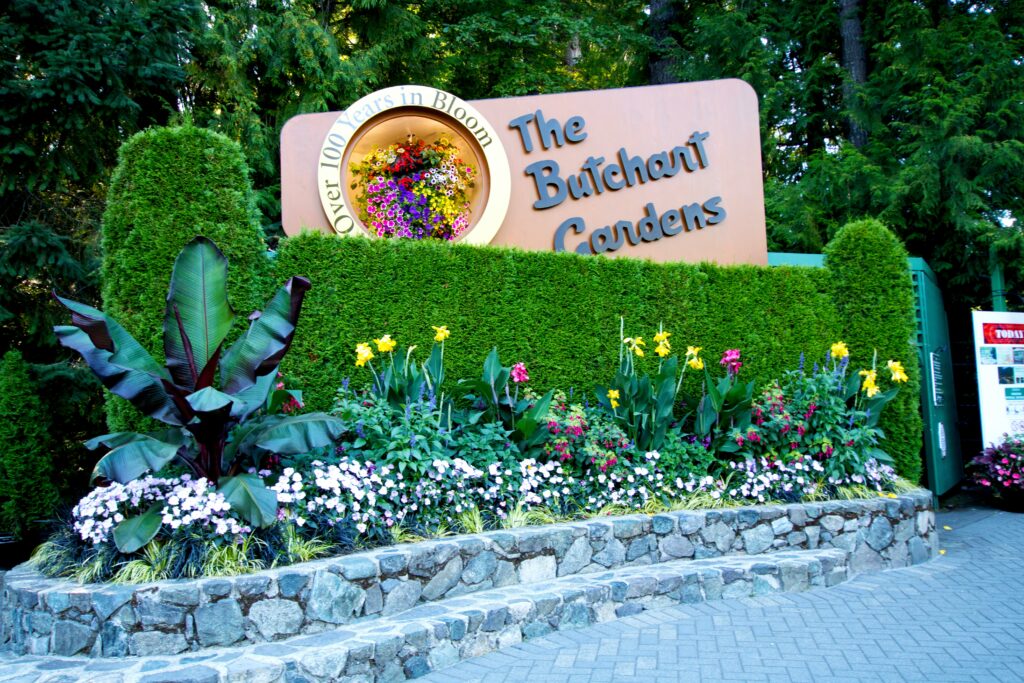
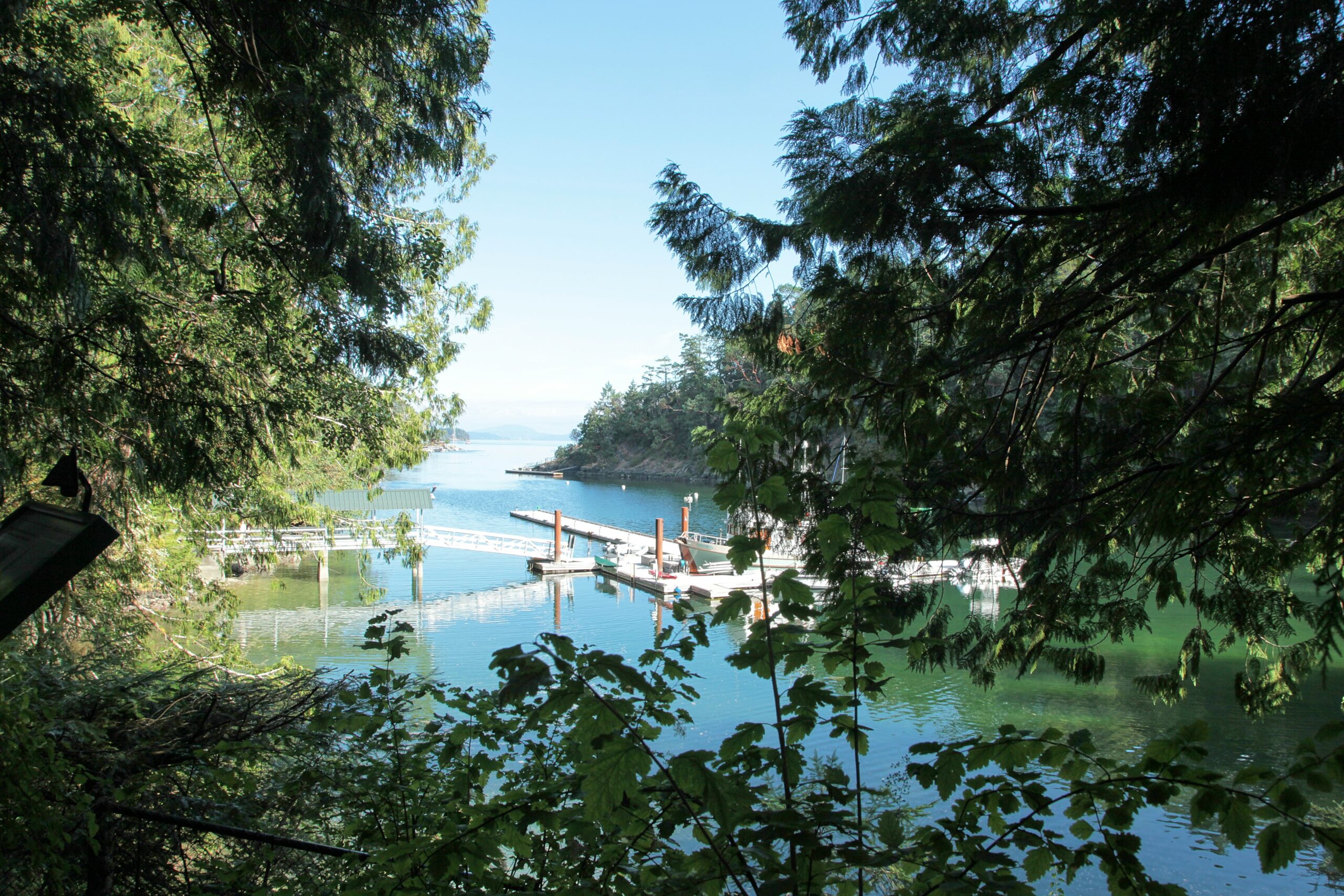
Relax in The botanical paradise of Butchart Gardens
Ian Ross had not been born when Jennie founded the gardens. But as her grandson, he grew up playing games while surrounded by their beauty. When Jennie turned 73 in 1939, it was time for a new generation to take over. It was her gift to Ross for his 21st birthday.
It was Ross who made the gardens what they are today. He preserved Jennie’s legacy while also marketing the Butchart Gardens to a wider audience. Lights were installed to illuminate the garden at night, and a fountain was built. By 1982, they were considered so important that they were the inspiration for the Candian Pavilion that was constructed at Epcot.
The tradition of throwing concerts has continued. These are no longer for friends of the family. Butchart Gardens has become a venue for local and international classical and jazz musicians to play in one of the most beautiful locations possible. Ian Ross’ son, Christopher, started to put on fireworks display in 1977 that have continued ever since.
For the 100th anniversary of the Gardens, artists from local First Nations and Bands were commissioned to carve Totem Poles to stand in the gardens. This represents an acknowledgement of the rich cultural heritage and care of the land provided by the indigenous people of Canada. Charles Elliott of the Tsartlip Nation and Doug La Fortune of Tsawout Band raised two poles in the Classic Coast Salish style.
The gardens are full of statues, and a Children’s Pavilion and Menagerie Carousel were added in 2009. The Menagerie Carousel, also known as the Rose Carousel, is made of 30 hand-carved basswood animals and accessible chariots. Each of the animals took months to create.
